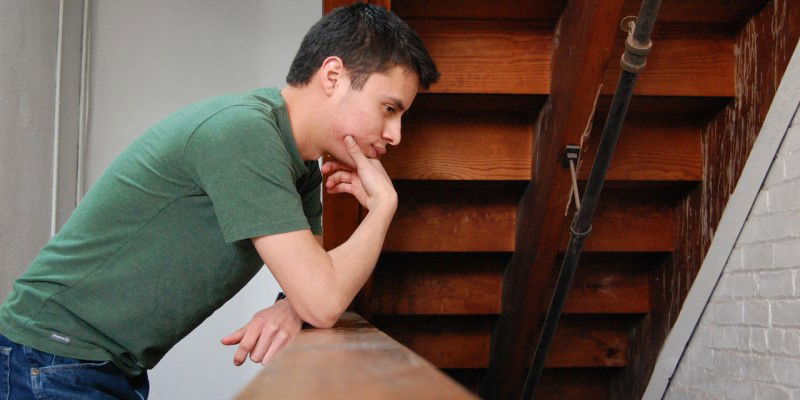In recent years, the use of play therapy has gained increasing recognition as an effective tool for healing and helping individuals with various mental health challenges. One form of play therapy that has shown particular promise is Lego therapy, a method that utilizes the popular building toy to foster communication, social skills, and emotional regulation.
Lego therapy was first developed in the early 2000s by clinical psychologist Dr. Daniel LeGoff as a way to help children with autism spectrum disorders (ASD) improve their social skills. The therapy involves small groups of individuals working together to build a Lego model, with each participant taking on a specific role, such as “engineer,” “supplier,” and “builder.” Through this collaborative process, individuals learn important social skills such as communication, cooperation, and problem-solving.
One of the key benefits of Lego therapy is its ability to create a safe and non-threatening environment for individuals to practice these skills. Because the focus is on building a model rather than on direct social interaction, participants may feel more comfortable and open to trying new behaviors. Additionally, the tactile and hands-on nature of working with Legos can help individuals regulate their emotions and reduce anxiety.
Research has shown that Lego therapy can be beneficial for individuals with a wide range of mental health challenges, including autism spectrum disorders, ADHD, anxiety, and depression. Studies have found that participants who engage in Lego therapy show improvements in social skills, emotional regulation, and self-esteem. In addition, the therapy can help individuals develop problem-solving skills, resilience, and a sense of accomplishment.
There are now many resources available for those interested in incorporating Lego therapy into their practice or daily life. Books such as “LEGO Based Therapy: How to build social competence through LEGO-based clubs for children with autism and related conditions” by Simon Baron-Cohen, Gina Gomez de la Cuesta and Daniel LeGoff provides a comprehensive guide to implementing Lego therapy for individuals with ASD.
In addition, there are numerous online resources, including websites, blogs, and social media groups dedicated to Lego therapy. These resources offer tips, strategies, and lesson plans for using Lego therapy in various settings, such as schools, therapy offices, and even at home.
Overall, Lego therapy is a powerful and effective tool for helping individuals of all ages improve their social skills, emotional regulation, and overall well-being. By combining the power of play with the structure of therapy, Lego therapy offers a fun and engaging way to promote healing and growth.



